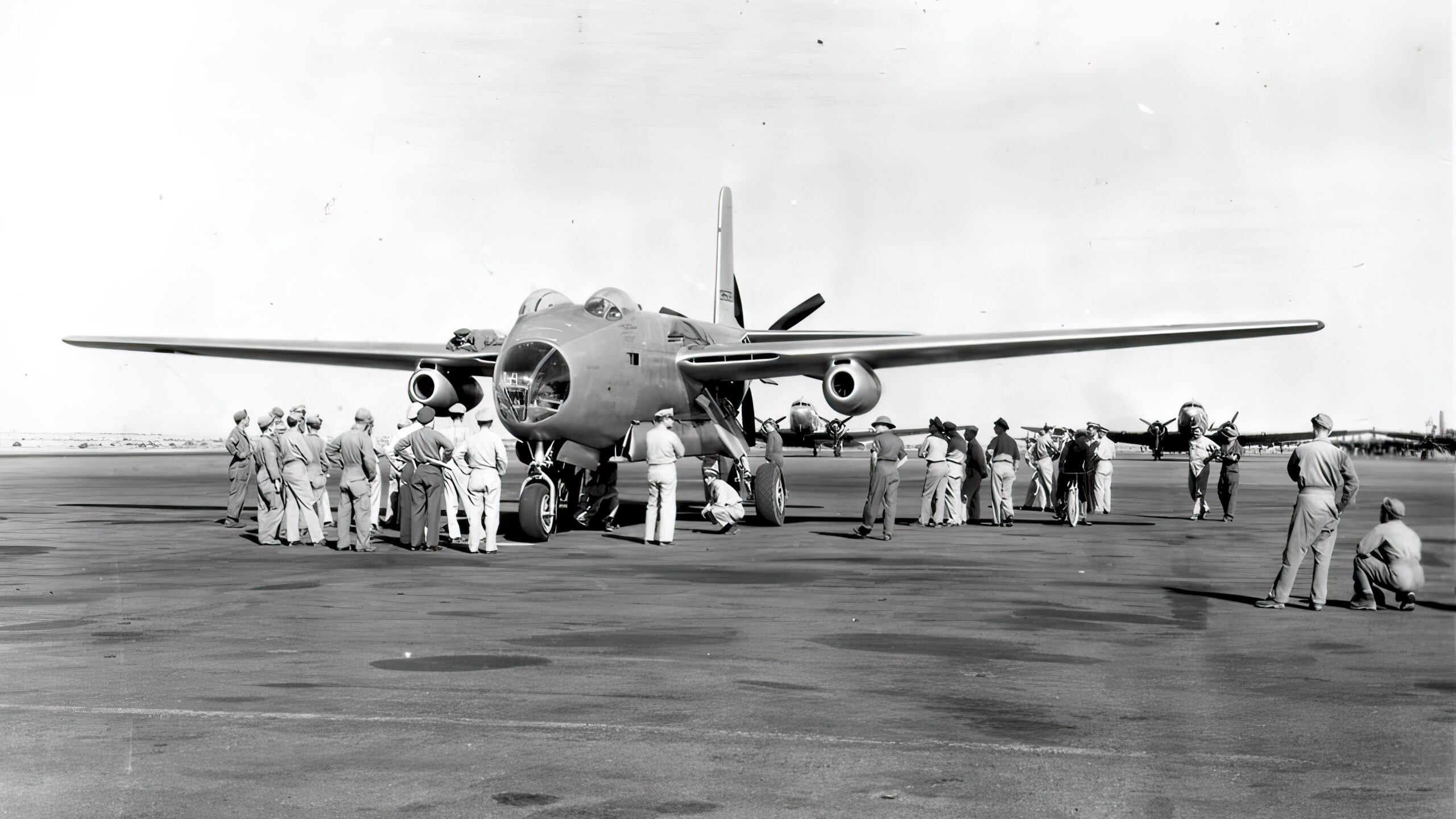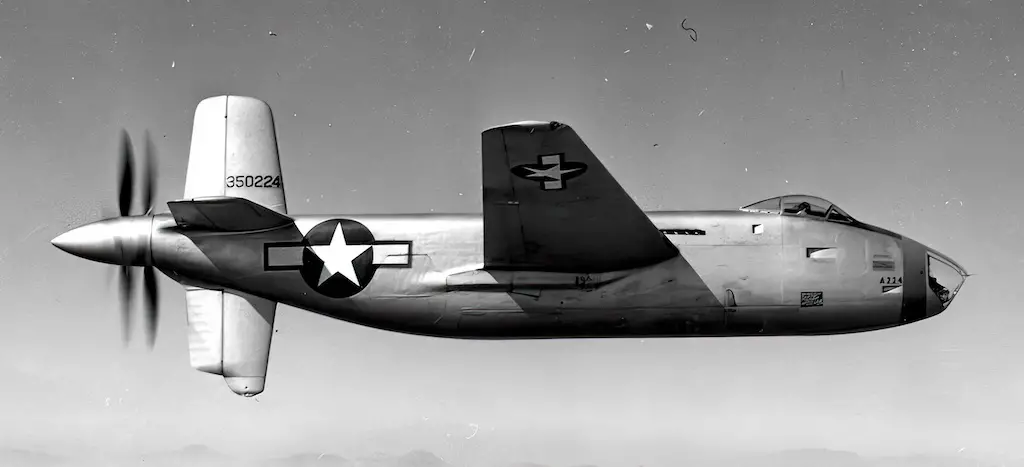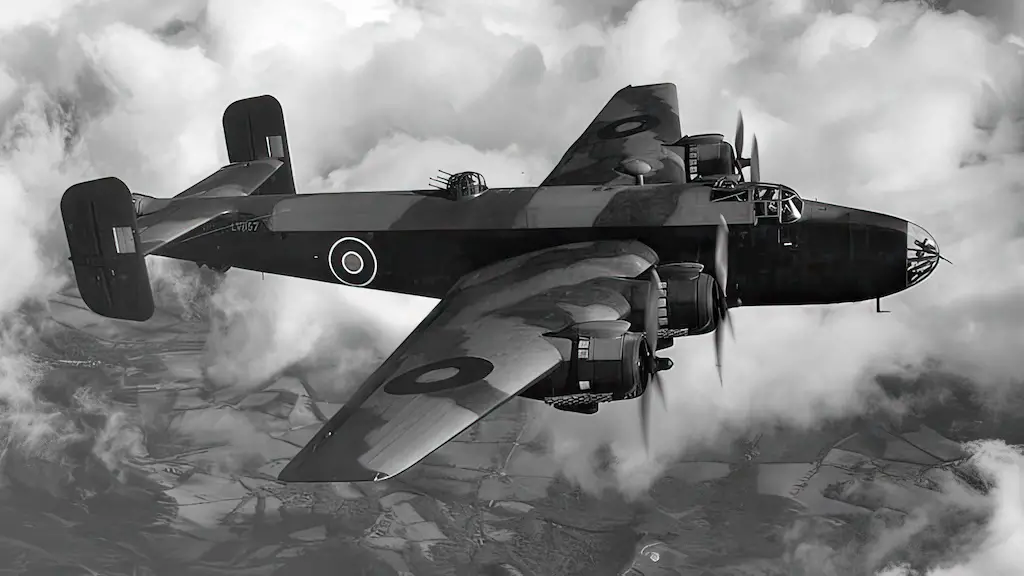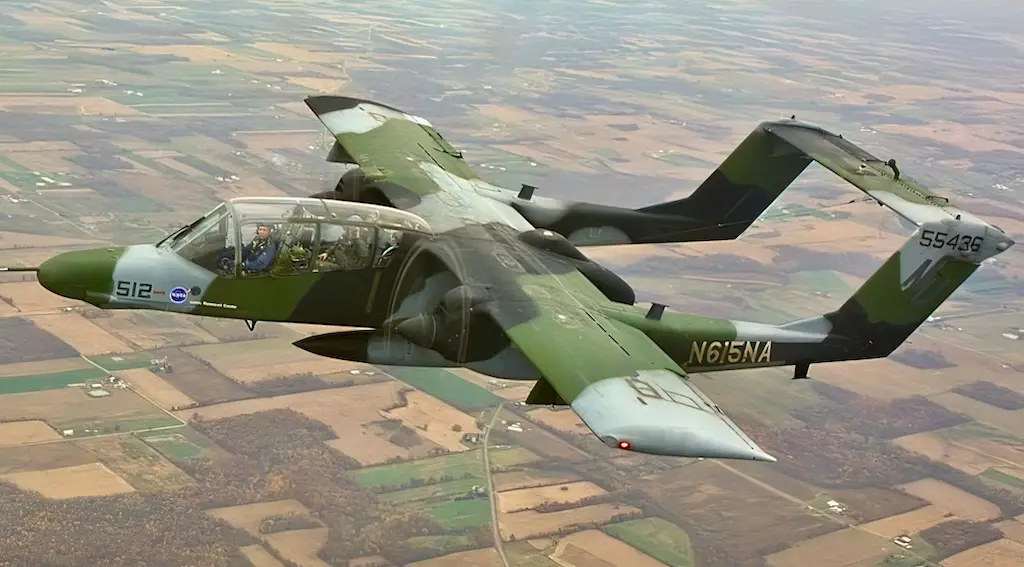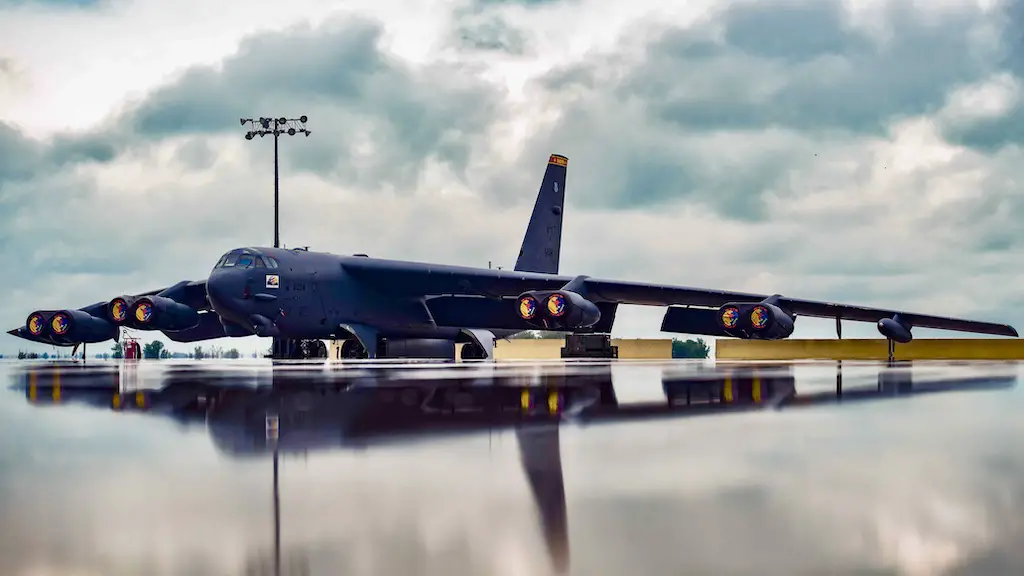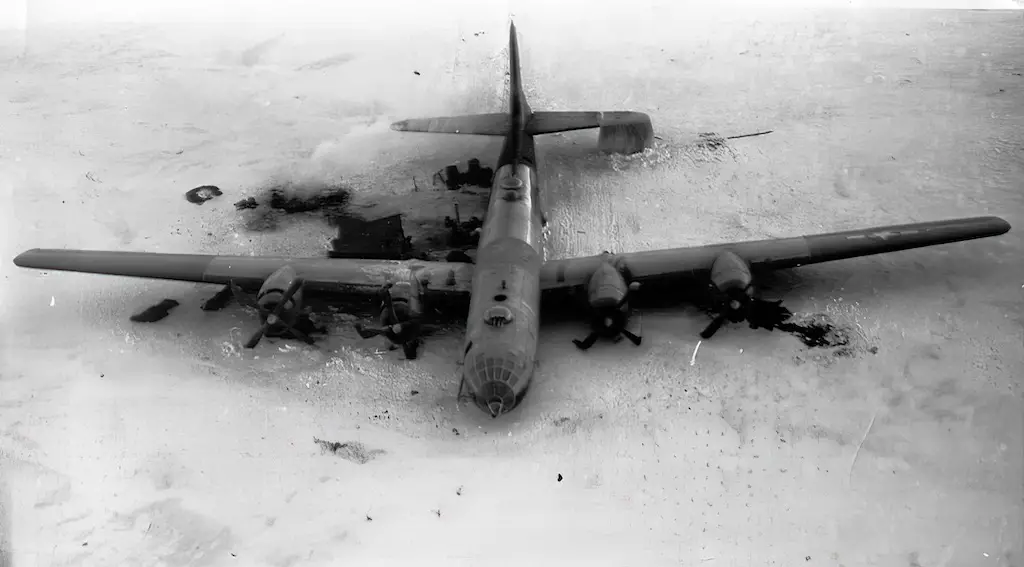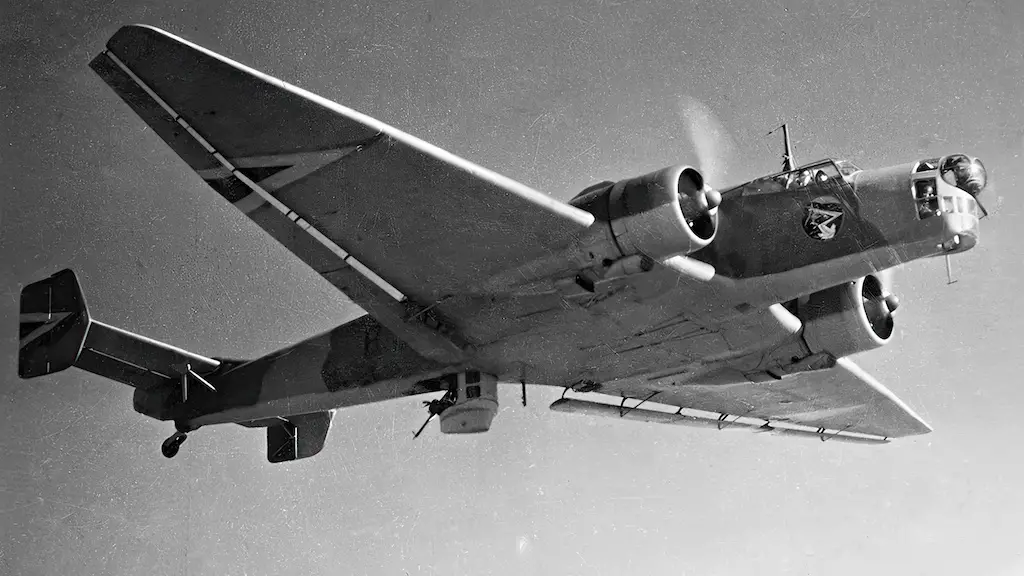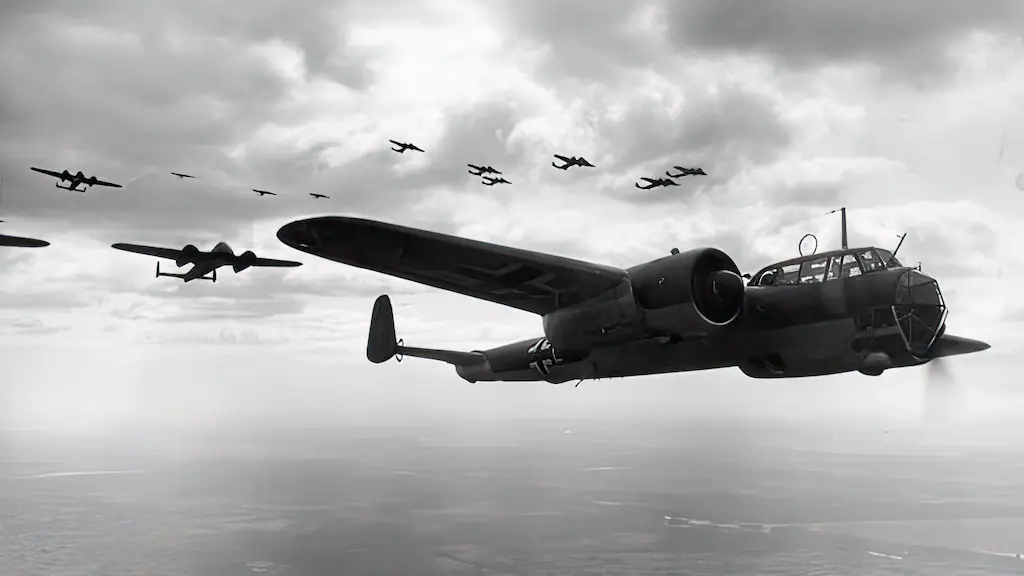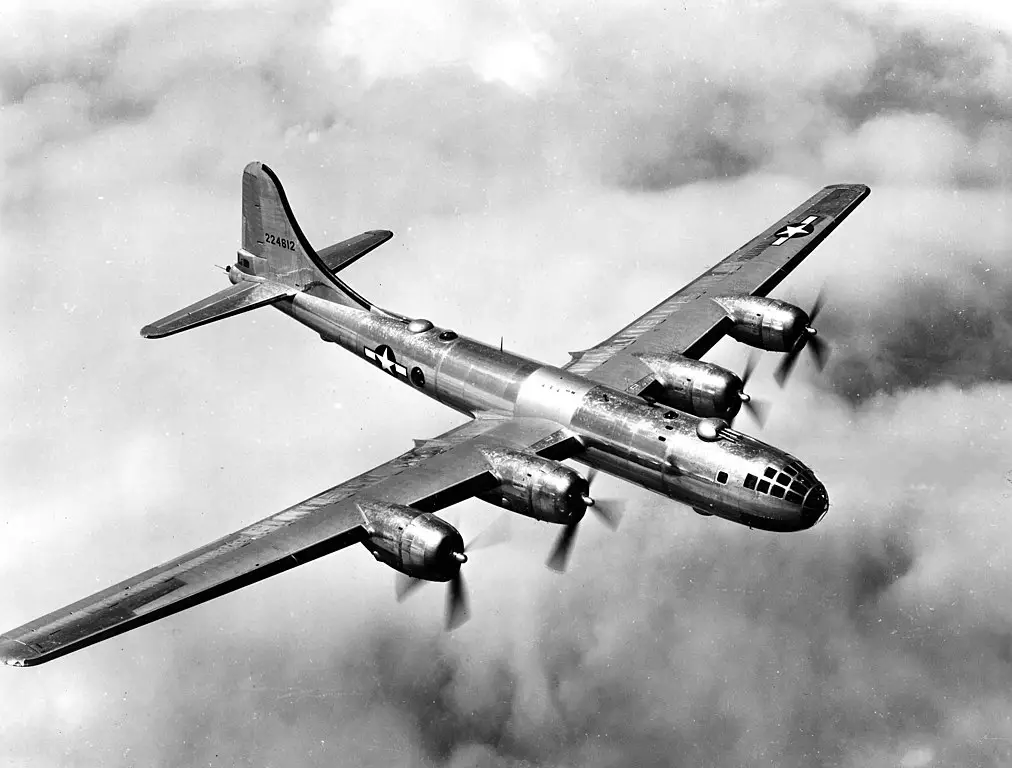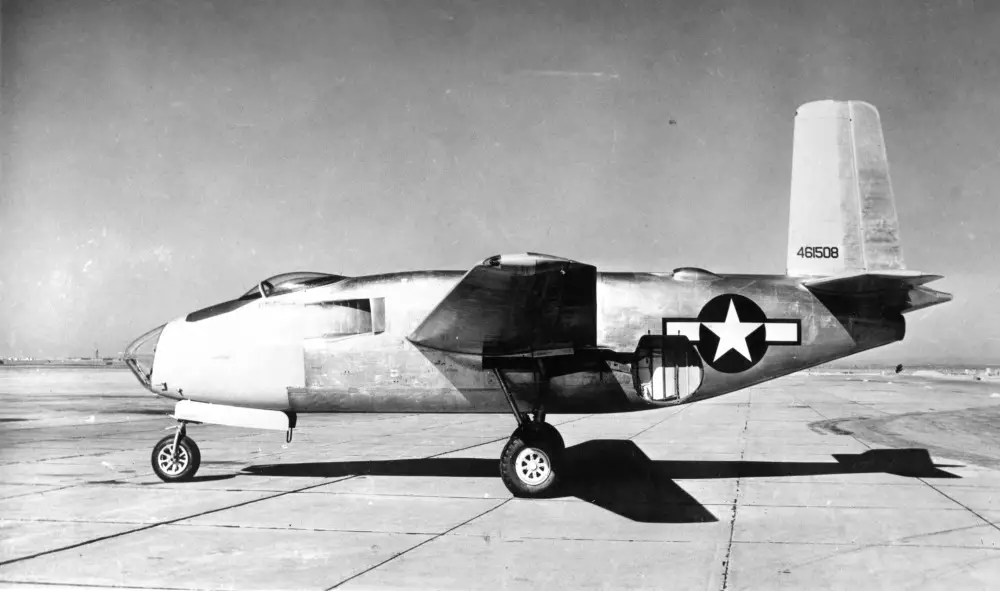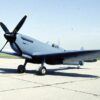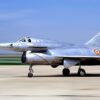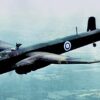In 1943 the B-29 Superfortress was undergoing tests and preparing to go into action. At the same time, USAAF command felt they also needed another bomber. One that would be close to the B-29 in terms of range and speed, but more moderate in cost. The Superfortress was a great undertaking, but hugely expensive one, too.
Its total costs surpassed spending on the Manhattan Project. Douglas Aircraft Company saw that opportunity and approached the USAAF with a proposal. That’s how the extraordinary Douglas XB-42 Mixmaster came into being. While pusher propeller as such was no novelty, putting it behind the tail of such a big aircraft intended to be a mass-produced bomber was a very bold and quite unique move.
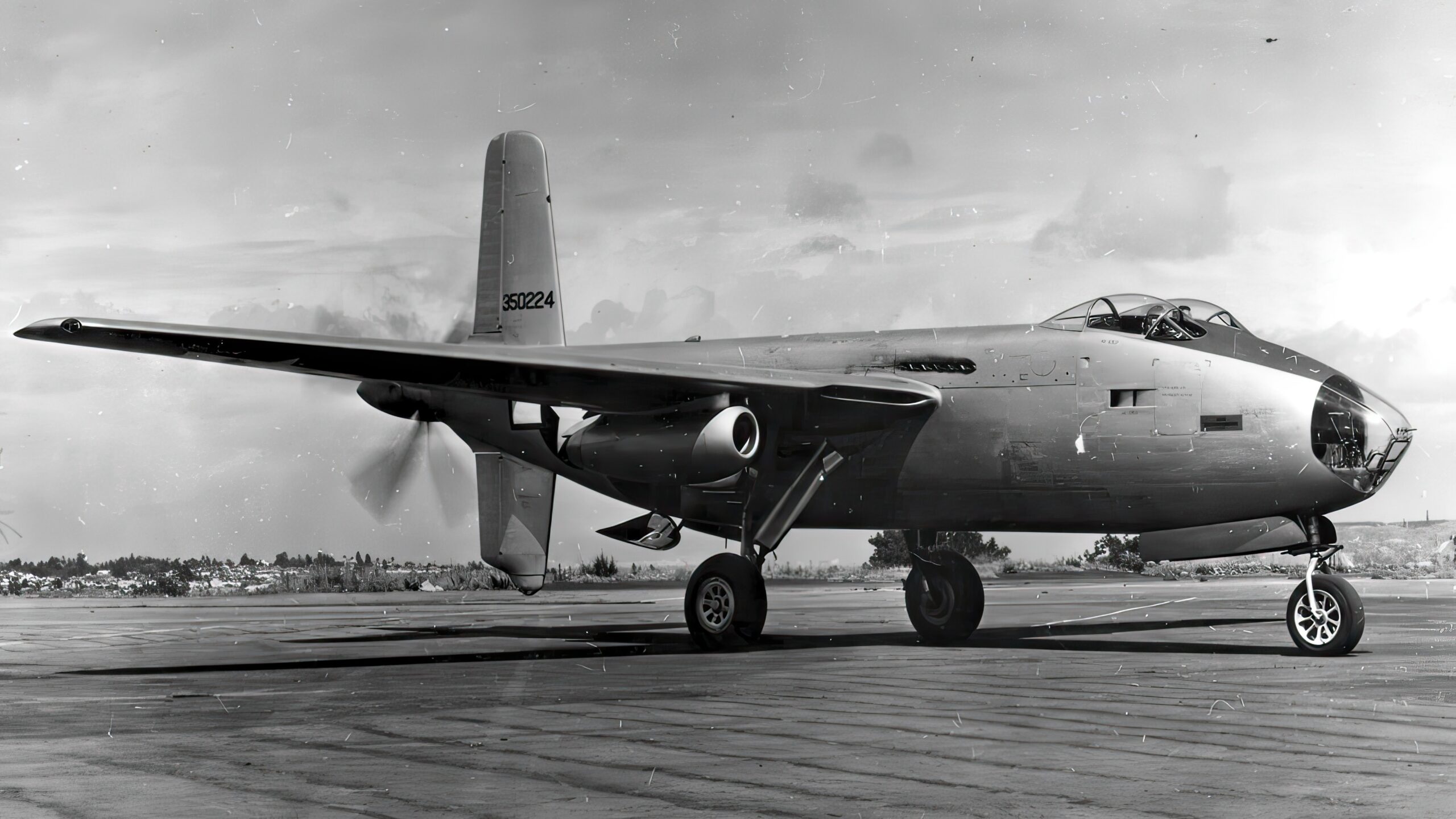
Getting the propellers out of the way
Placing propeller units on the wing pods was the standard design solution for WWII-era medium- and long-range bombers. Although generally practical and time-tested, this approach had its downside as well. Wing-mounted propellers created significant amount of drag. Where could they be moved to minimize drag-inducing effects? Ideally, behind the fuselage.
Douglas designers decided to equip the XB-42 with a single propeller unit situated behind the fuselage. More precisely, the aircraft featured two three-bladed contra-rotating pusher propellers to the rear of its cruciform tail. That arrangement made it look like a typical blender of the time, prompting the “Mixmaster” name. The propellers were driven via shafting by a pair of Allison V-1710 piston engines placed inside the fuselage, just behind the pilots’ cockpit. The air intakes occupied narrow slots in the inboard leading edges of the wings.
The XB-42’s broad fuselage also accommodated a spacious bomb bay and a three-member crew. In addition to 8,000 lb of bombs, the bomber version would have six machine guns. The attack version (XA-42) would be armed with up to sixteen machine guns, or a combination of machine guns and cannons.
Getting rid of the propellers
The Mixmaster first flew on May 6, 1944. The trials weren’t going bad. In December 1945 it even established a transcontinental flight record, covering about 2,300 miles from Long Beach, California, to Washington, D.C., in less than 5.5 hours. The same month the XB-42’s second prototype came in trouble, when its two engines failed one after another on a routine flight.
That allowed the crew to test the aircraft’s another unconventional feature: jettisonable propellers. They were separated by explosive charges in the rear fuselage, allowing the crew to safely leave the aircraft. All three crew members survived the crash, although two of them bailed out conventionally, before the tail cone was jettisoned.
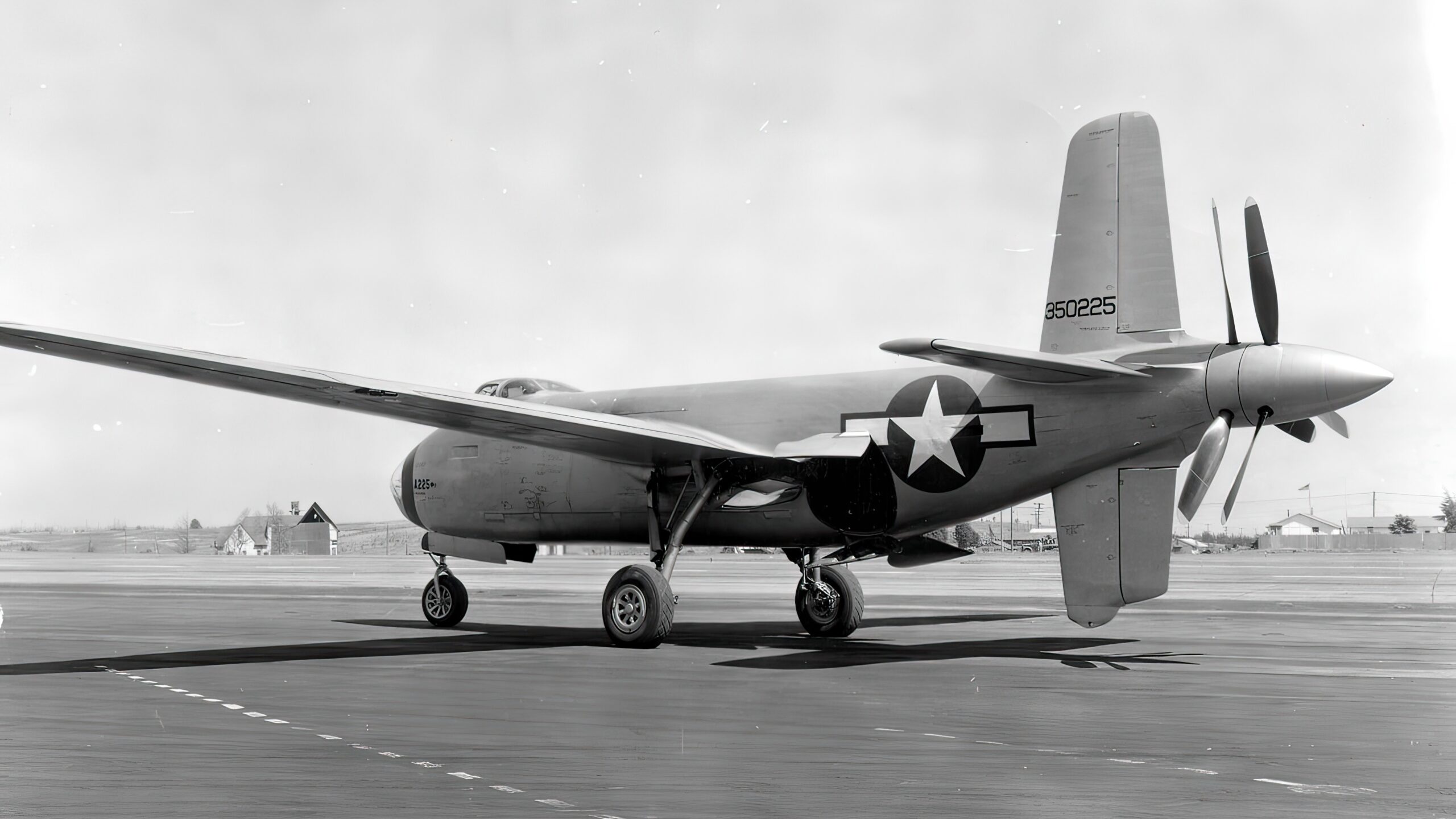
Goodbye, props, hello, jets!
The Mixmaster generally displayed satisfactory performance at the trials, although slightly below its creators’ expectations. It had a top speed of around 400 mph, which was good, but no breakthrough. Among its most serious faults was that opening the bomb bay in flight or extending the gear and flaps for landing led to excessive vibrations. The reason for that lay in interrupted airflow to the propeller unit. The XB-42 also had yaw issues at low speeds, displaying a tendency for Dutch Roll.
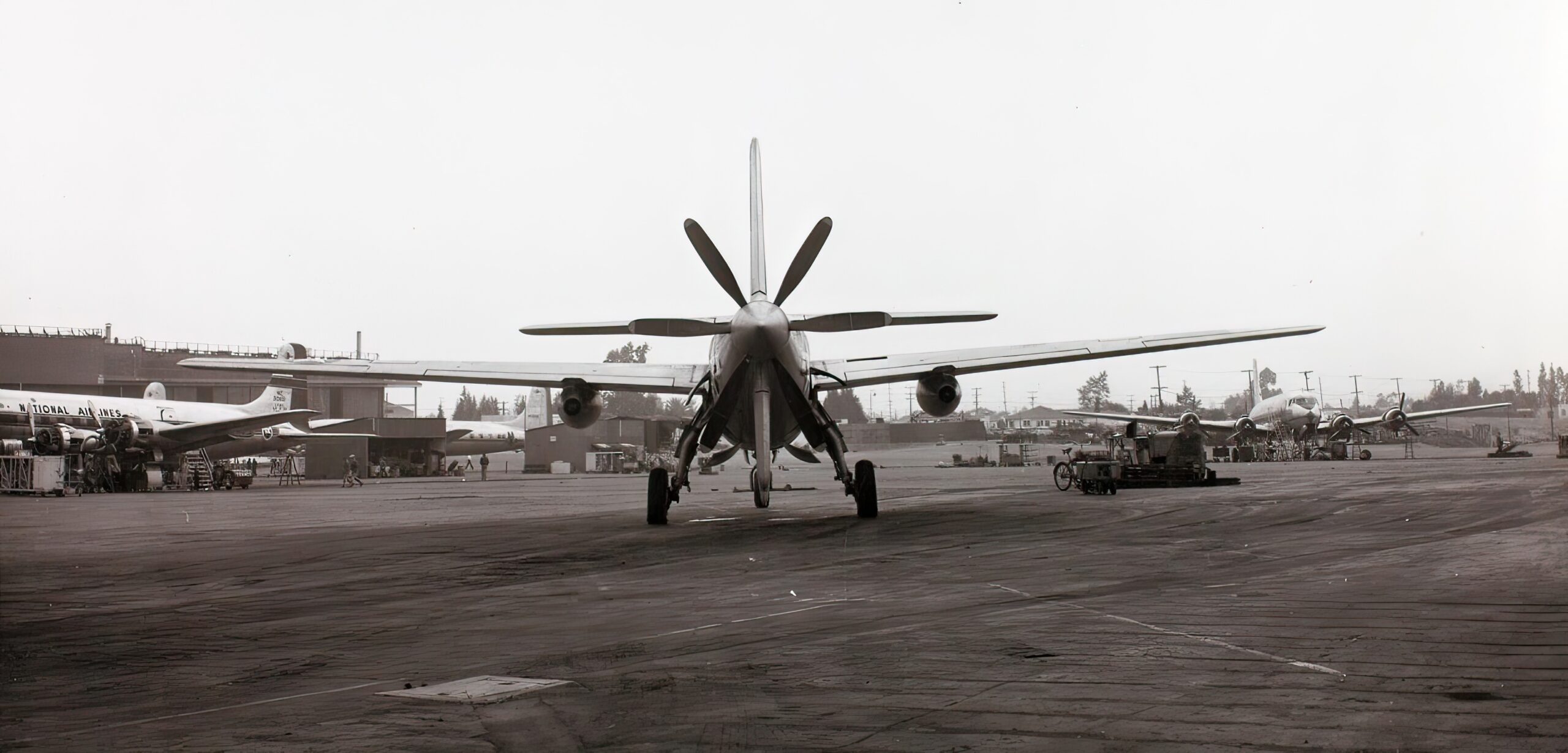
It’s not like those problems were insolvable. Had the USAAF greenlighted the XB-42’s further development and mass-production, solutions would probably have been found. However, jets had already appeared on the horizon and seemed increasingly more attractive to the USAAF top brass.
In fact, the XB-42 was also tested with additional Westinghouse 19XB-2A turbojets under wings in 1947. That variant, designated as XB-42A, reached a top speed of 488 mph. Yet, Douglas ultimately decided to concentrate on developing the XB-42’s pure jet brother, the XB-43 Jetmaster, rather than going with mixed power XB-42A option or working out the XB-42’s teething problems.
